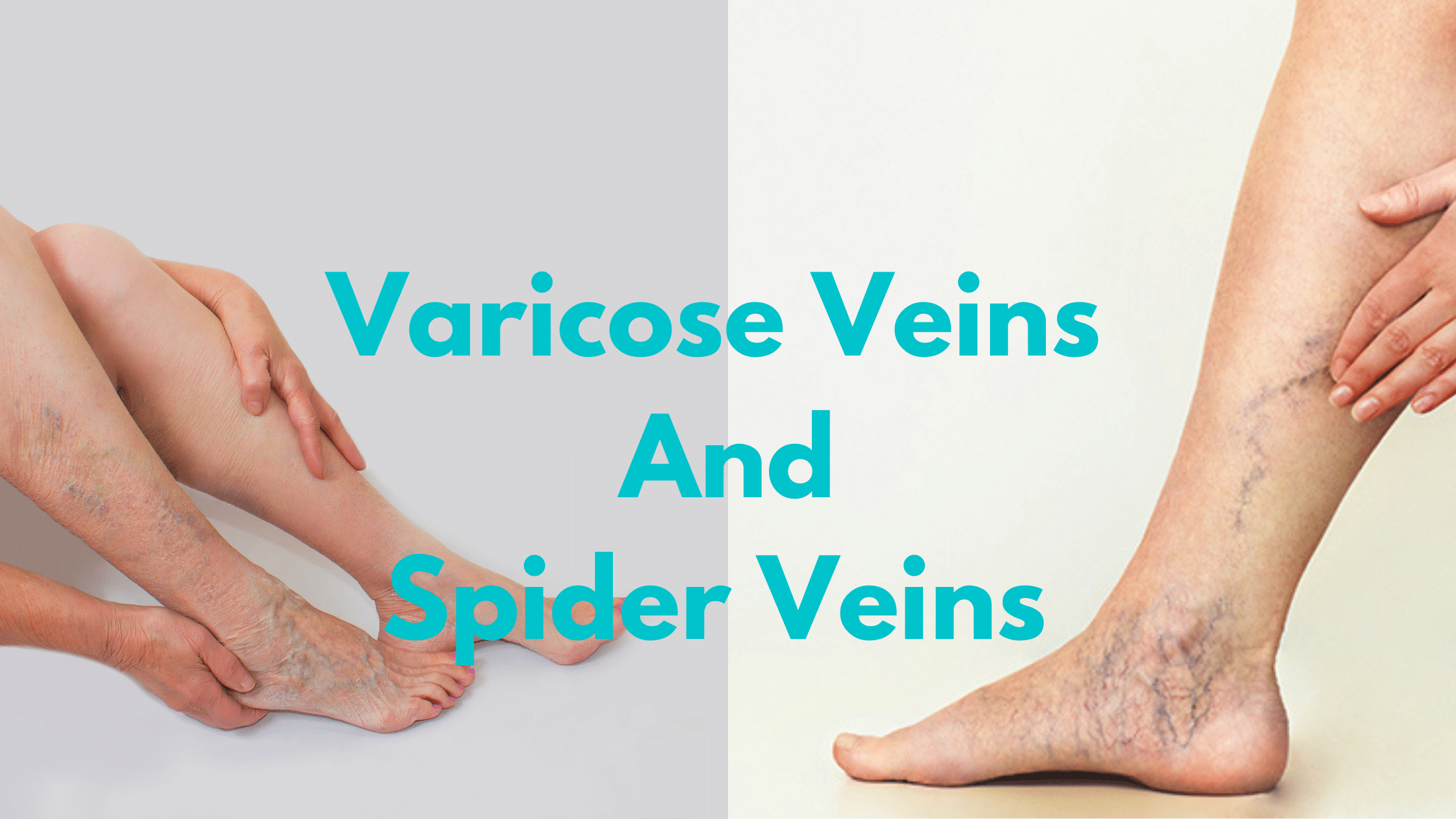
Veins can appear in a variety of locations on your body. Varicose and spider veins, on the other hand, might make you feel self-conscious about your body. Knowing the differences between venous illnesses is an important first step towards seeking treatment. There are too many major distinctions between them to consider them to be the same ailment. The Vein Institute Toronto will offer their expertise on the distinctions between these venous insufficiencies and how to identify them apart in this post.
What Are Varicose Veins?
Varicose veins are big, twisting veins that protrude above the surface of the skin. They are most commonly found on the thigh. They can also produce a sensation of heaviness, pain, or swelling in the leg, necessitating expert treatment to prevent varicose veins from worsening and to enhance the appearance and feel of the legs. The following are the symptoms of venous insufficiency:
- Presence of bulging twisted veins.
- The veins are blue, flesh-toned, or purple.
- They are solitary and rarely closed grouped together.
- Usually found on the legs, normally on the lower leg and ankle.
What Are Spider Veins?
Spider veins, also known as thread veins, are small damaged veins usually 1mm in diameter that show as thin lines or branching webs on the legs, near to the skin’s surface. These veins are generally blue, red, or purple in colour and do not cause discomfort; nonetheless, they are frequently treated for aesthetic reasons. The following are the features of spider veins:
- They appear as small thin lines that often resemble tangled tree branches or spider web.
- The lines are normally colored red blue or purple and are similar to a bruise.
- Spider veins can be found on thighs ankles feet and even on the face
- The veins are close to the skin surface.
What Are The Differences Between Varicose And Spider Veins
Because they are both venous insufficiencies that allow veins to be seen beneath the skin and can develop on the leg, they are frequently misdiagnosed as the same disease. There are significant apparent distinctions between them when seen side by side.
- Varicose veins can be twisted and bumpy while spider veins appear to be smooth clusters.
- If you’re afraid of getting spider veins because a relative has them, don’t worry. Spider veins are typically regarded as a non-threatening aesthetic issue as long as they don’t have any other significant symptoms. On the other hand, varicose veins are associated with unpleasant symptoms. Veins may burn, itch, or feel sensitive. Swollen veins might also make your legs hurt, spasm, and feel agitated or heavy.
- Spider veins continue to bother some people and can be treated with sclerotherapy or surface laser to reduce their visibility. Endovenous laser therapy (EVLT), Venaseal, and Varithena are just a few of the therapies available for varicose veins. There are also new and less invasive treatments available, such as radiofrequency closure, to make your legs look smoother and feel better.
Spider veins are not as noticeable as varicose veins. However, if you detect visible veins that are thick or swollen, look for the defining signs and make an appointment with a vein expert right away.
Seeking Treatment
If you have varicose veins or spider veins there is no reason to feel self-conscious or to suffer through leg pain. You can be confident and pain-free again with a trip to The Vein Institute Toronto where we are dedicated and are leaders in innovative treatments to enhance your venous health.
We try to create a treatment plan that is tailored to your specific needs. Call us now at 416-929-0834 or 866-412-1151 to book a free consultation, and check out the rest of our posts to learn more about venous insufficiency and varicose veins.

Recent Comments